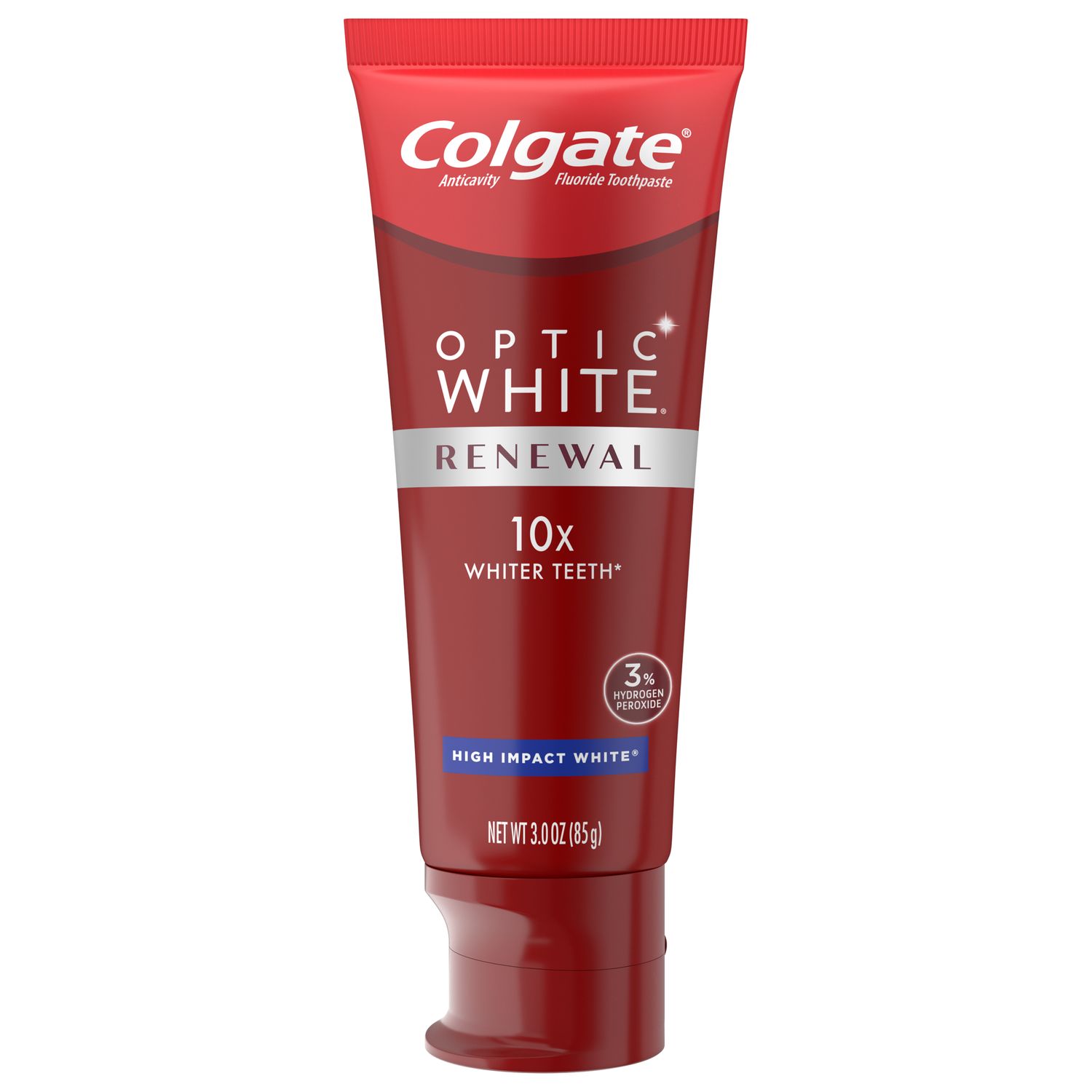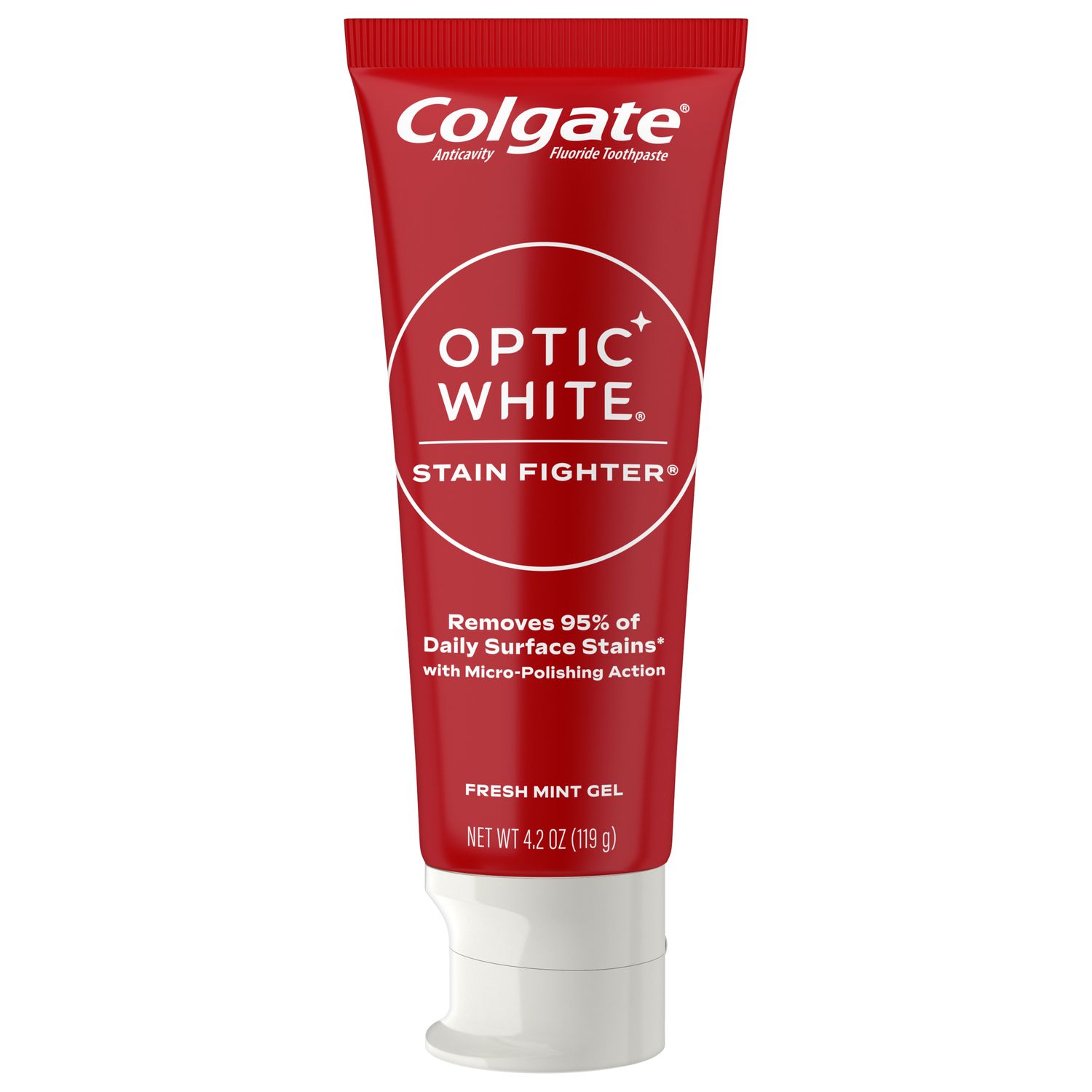Professional Teeth Whitening
Most dental offices offer professional whitening services. These include in-office treatments, where gels are applied to the teeth in the office, and a light or laser is sometimes used to enhance the effect. Some dental offices also offer take-home treatments, such as custom-made trays you can wear at home.
These professional whitening treatments typically achieve the fastest and most effective whitening results as they contain whitening agents in higher concentrations than over-the-counter products. In fact, many people can notice visibly brighter teeth in one visit. However, many other people may need up to three visits to complete treatment.
You will need an examination to determine whether you are a candidate for professional teeth whitening. If you are eligible, you may need to complete other dental procedures first, such as treating any cavities or gum disease. Your mouth should be healthy before starting a whitening regimen.
Custom At-Home Whitening Trays
Custom-made trays are filled with a whitening gel provided by your dental professional and worn at home. Depending on the product, you may have to wear the tray at different times of the day and for various lengths of time. Your dental professional will instruct you about how to use the product to get the best results. After you have completed your at-home whitening regimen, your dental professional should examine you to evaluate your whitening treatment's success.
Whitening your teeth at home is more convenient, but you need to follow the instructions carefully to get the best result and use the product safely. All whitening products may cause tooth sensitivity and can irritate your gum tissue with prolonged contact.
Professional in-office teeth whitening procedures are the fastest and most effective way to whiten your teeth. And because your dental professional can closely monitor the progress of your whitening procedure while protecting your teeth and gums, they’re also the safest option. However, professional treatments can be expensive, and your dental insurance may not cover them. Thankfully, there are lots of over-the-counter tooth whitening products in stores that can remove many surface stains and give you a noticeably brighter smile. Ask your dental professional to recommend specific over-the-counter tooth whitening products that are safe to use as some products may be too abrasive to use regularly.
How to Choose Teeth Whitening Products:
You don't necessarily have to change your habits to whiten your teeth. There are a few types of teeth whitening products out there you can add to your daily routine or toss in your bag for on-the-go whitening. At-home whitening products include:
- Whitening toothpaste
- Whitening mouthwash
- Whitening pens
- LED whitening devices
- Whitening chewing gum
Whitening Toothpaste and Mouthwash
If you want to remove stains from your teeth gradually, whitening toothpaste and mouthwash are simple options. Some whitening toothpastes contain abrasives like silica or baking soda, which work by gradually lifting stains from the surface of your enamel. They help to remove discoloration from strongly colored foods and drinks like coffee and red wine, and from tobacco. Some toothpastes also contain small amounts of bleaching agents like hydrogen peroxide, which penetrates the tooth to break down stain-causing pigments. These bleaching agents can also be found in whitening mouthwashes.
Whitening toothpaste and mouthwash are also good choices for maintaining your tooth shade after professional whitening and ensuring that teeth remain white over longer periods, especially if you want to continue consuming tooth-staining foods and beverages.
Whitening toothpaste and mouthwash are used just like other types of toothpaste and mouthwash. Simply brush twice a day, and rinse at least once a day, and your teeth will brighten over time. However, note that whitening toothpaste and mouthwash do not brighten teeth as much as professional whitening trays or gels.
Whitening Pens
Whitening pens are thin brushes filled with a bleaching gel. To whiten your teeth, you simply apply a thin layer of gel to your teeth, much like applying nail polish. To ensure even whitening, apply the gel to the entire front surface of each tooth.
Whitening pens are quick, easy and portable, and they’re perfect for use before a special event. Whitening pens may produce a noticeable difference in tooth shade by lightening the outer layer of tooth enamel. However, the gel does not penetrate into the tooth's deeper layers, limiting the overall result.
LED Whitening Devices
LED whitening devices like the Colgate® Optic White® ComfortFit LED Teeth Whitening Kit are ideal for more advanced stain removal at home. You simply brush on the hydrogen peroxide whitening gel with the handy pen, and then wear the comfortable, flexible LED device over your teeth for just 10 minutes a day. The patented device emits indigo-wavelength LED light to enhance the effects of the whitening pen for rapid, professional-level whitening results.
Whitening Gum
Some chewing gums claim to whiten teeth. They contain abrasives, like baking soda, that can gently scrub off surface stains as you chew, much in the same way as whitening toothpaste does. However, consider the surfaces your gum comes into contact with as you chew; it typically doesn’t touch the visible outer surfaces of your teeth, where you’re most likely to be concerned about staining.
There is one way that gum can help keep your teeth white, though. It stimulates saliva flow, which protects against stain-causing plaque by washing away bacteria and neutralizing acid.
Things to Consider Before Choosing Teeth Whitening Products
No amount of whitening can cancel out the effects of poor oral hygiene, which can cause plaque build-up and lead to unsightly and harmful conditions like tooth decay and gum disease. To keep plaque at bay, always brush your teeth twice a day, and clean between your teeth at least once a day with floss or other interdental cleaning tools. Teeth whitening isn't appropriate for everyone and is not recommended for children. Before you use any teeth whitening products, check in with your dental professional to find out if whitening is safe for you.
Here are some other things to keep in mind before starting your teeth whitening journey:
Chemical whitening can irritate sensitive teeth and gums, especially if you have gum disease.
If your teeth are stained brown or gray, they may not whiten evenly when they're bleached.
Fillings and crowns cannot be whitened and may appear darker if adjacent teeth are whitened. If you plan to replace older fillings or crowns, whiten your teeth first so that your dentist can match your new dental work to the lighter shade.
There are several options to whiten your teeth. The choice can often seem overwhelming, but your dentist can help you choose the right whitening products for your situation, including alternatives like veneers, to brighten your smile.
This article is intended to promote understanding of and knowledge about general oral health topics. It is not intended to be a substitute for professional advice, diagnosis or treatment. Always seek the advice of your dentist or other qualified healthcare provider with any questions you may have regarding a medical condition or treatment.
ORAL HEALTH QUIZ
What's behind your smile?
Take our Oral Health assessment to get the most from your oral care routine
ORAL HEALTH QUIZ
What's behind your smile?
Take our Oral Health assessment to get the most from your oral care routine















